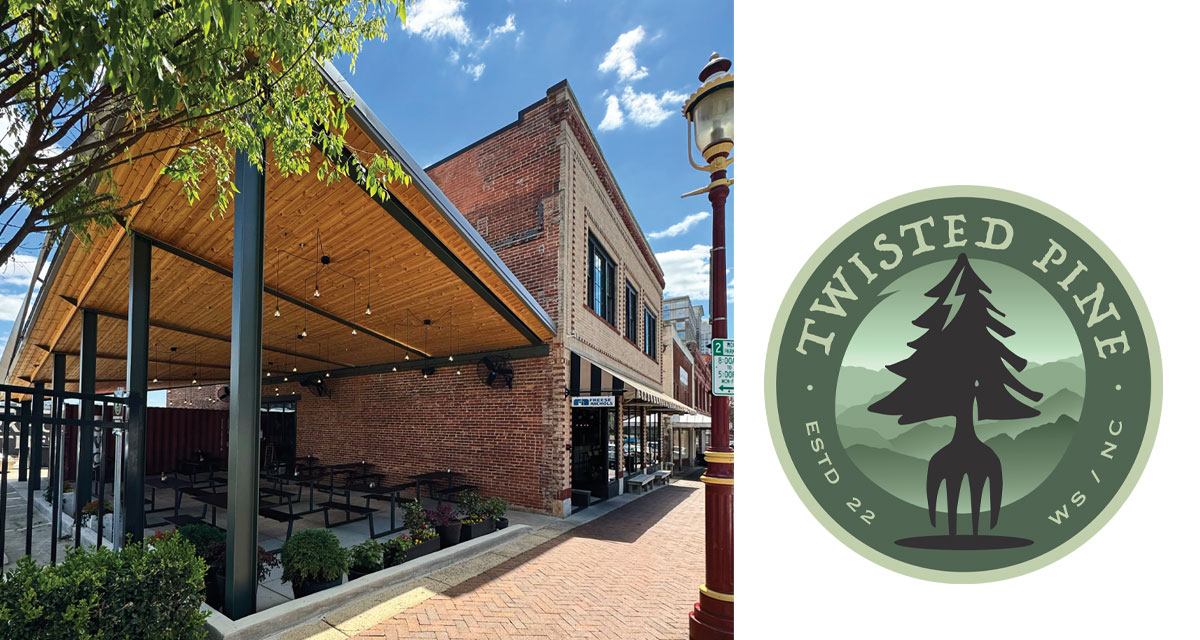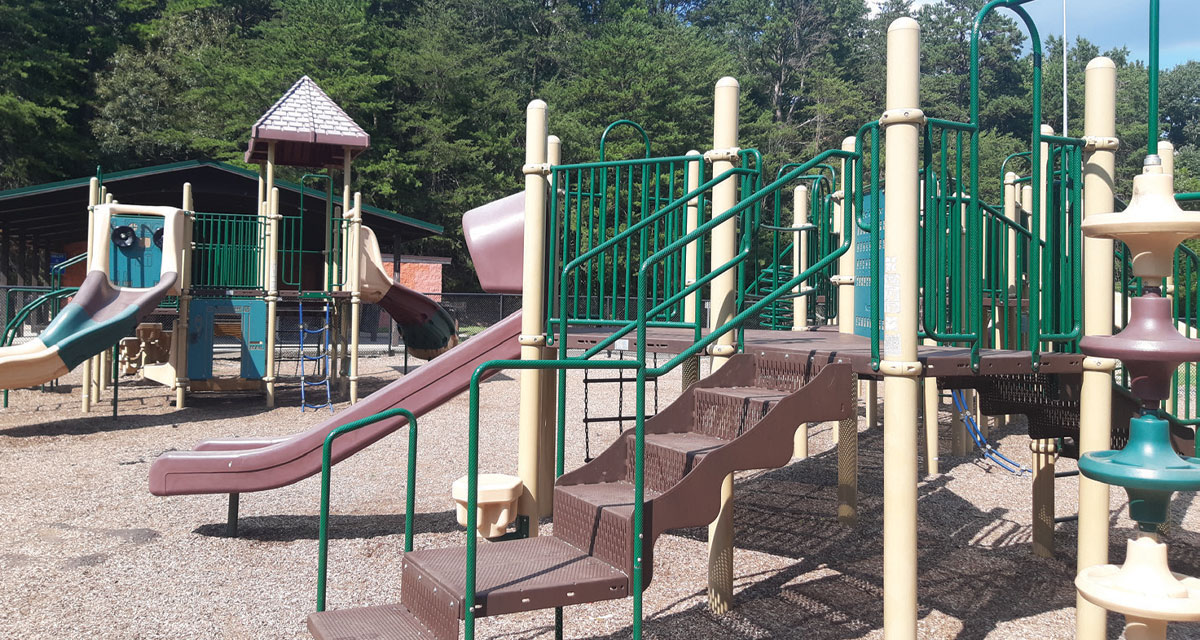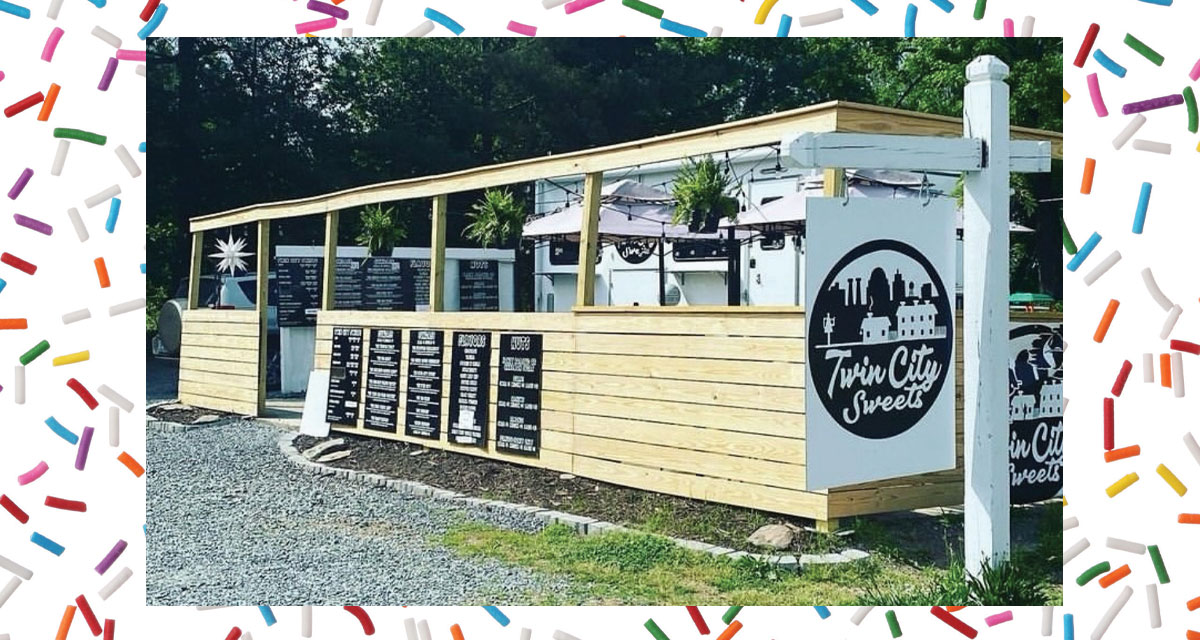The soil’s structure is vital to building a healthy garden. Each plant needs a nutrient-enriched environment comprised of vitamins and minerals. As leaves cover the surface, they offer a natural layer, boosting the level of nutrients. Compostable items such as coffee grounds, eggshells, banana peels, shredded newspaper and organic mulch are equally beneficial additions. Nevertheless, as the roots push through the organic matter, they absorb only 14 elements within their ecosystem. Sometimes it’s not enough. Too often the soil lacks a nutrient, and we must add one of the big three—nitrogen, phosphorus, and potassium, to help plants reach their full potential.
The Big Three
Most fertilizer bags have a number on them separated by dashes; 4-6-3. Understanding what each number represents and its value to the plant’s growth will help you in the future.
- Nitrogen, N: As the most critical nutrient and first in the sequence, it represents the total percentage of the element in the mixture. It is a protein, ensuring plants develop vigorous, leafy growth. But adding too much nitrogen causes flowering and fruit-bearing plants to emphasize green development and not produce blossoms or fruit.
- Phosphorus, P: The middle number emphasizes the energy needed for strong root development and blooms. A shortage of the mineral produces weak roots and flowers.
- Potassium, K: The third number depicts potential overall growth. It regulates root and top growth while balancing overall health. Potassium impacts cold and drought tolerance, disease, and pest resistance.
From succulents to vegetables, roses to rhododendrons, every type of plant has a formula that supplements its needs. Flowering bulbs, for instance, depend on phosphorus for healthy roots; therefore, expect to find the center number higher, such as 6-12-0. Also keep in mind that all-purpose plant foods, such as 10-10-10, may be well-suited for a select group, namely flowers, vegetables, and herbs. Read the packaging to ensure the correct percentage suits your intended plant, shrub, or tree’s needs, as well as the amount of that element it contains.
Secondary Nutrients
Ever wonder why your tomatoes developed blossom end rot after heavy, sustaining rains, or leaves appeared burned or curled at the tip? Well, those were two signs the plant suffered from a calcium deficiency. The solution is to add water-soluble calcium, such as calcium nitrate. Epsom salt, while valuable for young seedlings, contains magnesium sulfate, not calcium, and will create more rot or stress in the plant.
- Magnesium is a secondary nutrient, which helps plants absorb nitrogen, phosphorus, and sulfur. Additionally, it encourages seed germination rates!
- Sulfur, too, helps plants absorb calcium, magnesium, and potassium. As more farmers have recognized sulfur deficiencies in their fields, such as stunted growth, spots, or pale leaves, it’s now been recognized as the fourth macronutrient.
With the depletion of essential minerals and vitamins within the soil, the need for supplemental fertilizers becomes valuable.
Blood Meal and Bone Meal
Organic slow-release fertilizers, such as blood and bone meal, can offer a natural balance providing nutrients and proteins to your garden.
- As a byproduct from slaughterhouses, blood meal is essentially dried animal blood that contains high nitrogen levels. Added to gardens, it encourages lush green foliage, balances pH levels while helping to promote blossoms and fruit. The smell of the blood meal also deters deer, moles, and squirrels. Consider adding blood meal to your vegetable plants like asparagus, broccoli, cucumbers, eggplants, melons, pumpkins, squash, and tomatoes.
- Bone meal contains high phosphorus and calcium levels from finely ground bones of pigs, poultry, and fish. The micronutrients magnesium, zinc, and iron help to promote root development, bolster plant growth, and prevent disease. The additive is ideal for flowering plants, bulbs, and rose bushes.
Be aware that both soil amendments come in powder and granular formulas and can burn your plants if overused.
By understanding the basics behind fertilizer labels, you can choose the right products to help each seed or plant reach its full potential.
*Lisa is an N.C. State Extension Master Gardner and a state-certified beekeeper.























